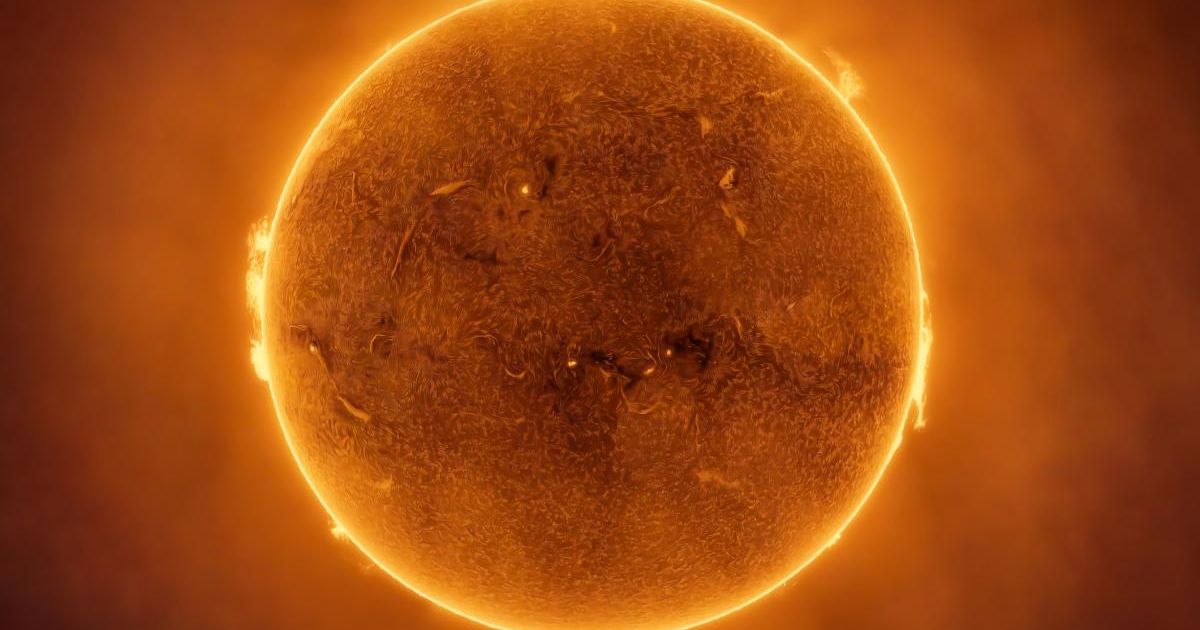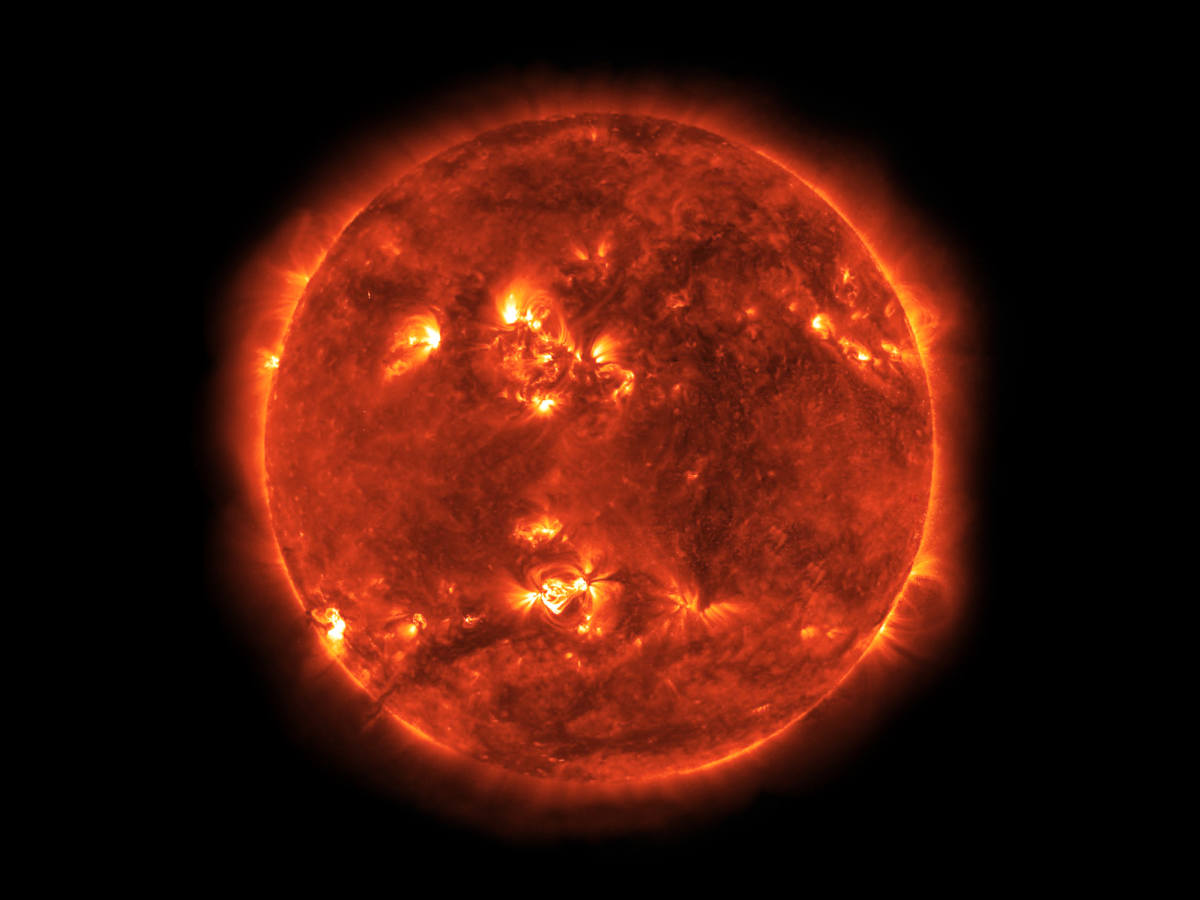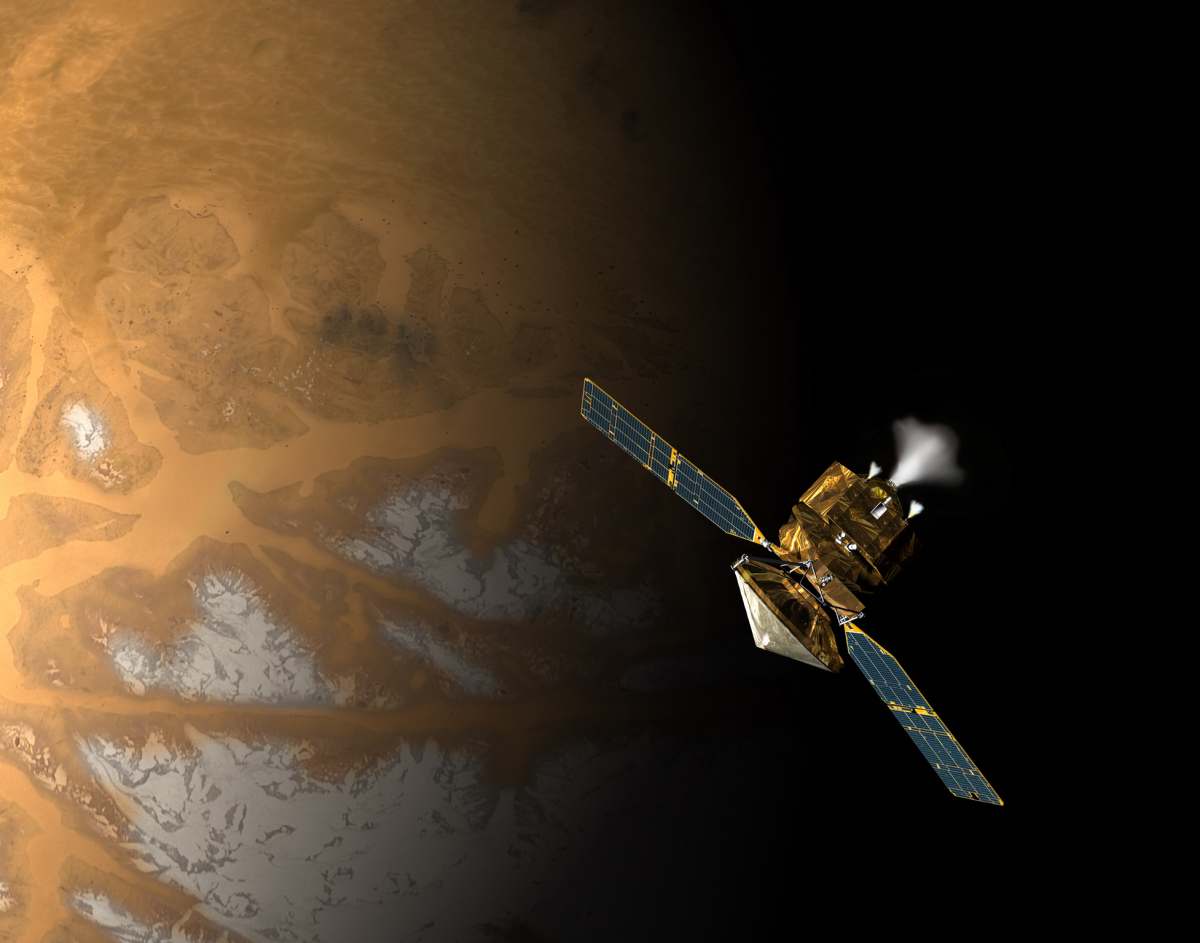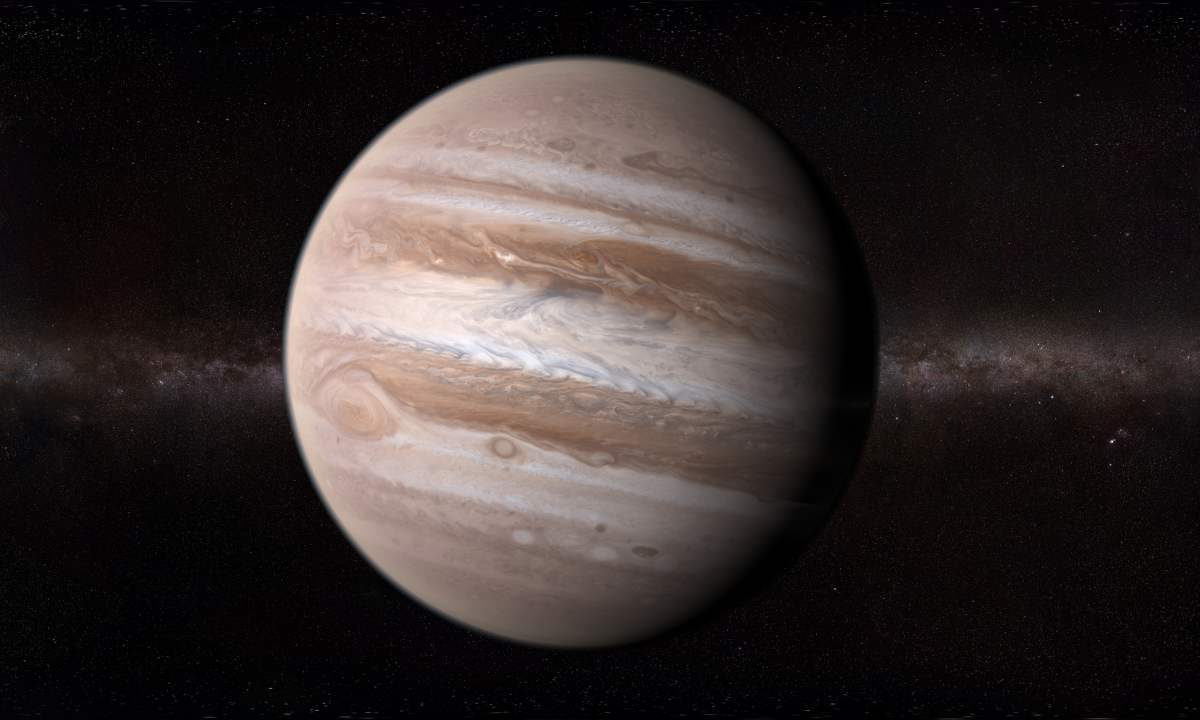Scientists Studying the Sun’s Magnetic Poles Are Inching Closer to Solving Cosmos’ Greatest Mystery

Billions of years ago, when there was no life, a shockwave rushed towards a monstrous cloud of gas. Disturbed, the cloud collapsed under its own gravity and then initiated a fiery chain of nuclear fusion reactions that gave birth to the Earth’s life-giving star, the Sun, smoldering at over 15 million degrees Celsius. And while it interacts with Earth, the gigantic star displays a somewhat ferocious communication style. There are subtle flickering campfires, raging gales of excited electrons, and violent tempests of glowing photons ejecting from its red-hot mouth. For decades, scientists have been curious to understand the Sun's interior. A team recently published a report in the Chinese Journal of Space Science, announcing a new mission that will study the Sun’s magnetic poles like never before.

Although the entire Sun is a mystifying entity in itself, its poles remain highly mysterious territories, whose unfathomable activities are unexplored by scientists. Flurries of winds blasting from the fire monster are brilliant objects scientists can study to understand its surface, atmosphere, and magnetic fields. In the last few years, space agencies have launched an assortment of projects and missions to gain deeper insights into the workings and mechanisms of this glaring star. The Solar Orbiter, for instance, is an instrument launched jointly by NASA and the European Space Agency (ESA) in February 2020.

For a spacecraft, the standard viewpoint of investigating the Sun is usually the “ecliptic plane,” the zone where Earth and other planets revolve around the Sun. In March 2025, the Solar Orbiter spacecraft employed a different approach to grab some glimpses into the magnetic poles of the Sun. Instead of just hurling around in the ecliptic plane, the spacecraft tilted at 17°, capturing an unprecedented image in the Sun’s heliosphere. ESA estimates that the tilt will be 34° in the coming years. However, according to the latest research, scientists believe that even this approach would have its own limits. To overcome these limits, scientists have rolled out a new mission called the Solar Polar Observatory (SPO) mission. In this mission, the spacecraft will feature a tilt of up to 80°, greater than the ESA’s probe.

The mission was recently announced at the International Space Science Institute, Beijing (ISSI-BJ) during an international forum in Beijing between 7−8 November 2024. It is scheduled to launch in 2029. The project aims to observe the Sun up close in extreme ultraviolet, X-ray, and radio wavelengths, also understanding the movement mechanism playing out behind sunspots, solar flares, and coronal mass ejections (CMEs). The craft will function by defining “seed fields” to describe the solar magnetic structures.

The mission comes as a follow-up of the Ulysses mission launched by NASA and ESA in 1990, the first spacecraft to leave the ecliptic plane the sample the solar winds over the poles with a tilt of 75 degrees. Data from the Ulysses spacecraft indicated that the fast solar wind originates from the vast coronal holes blazing near the poles. The mission left three important questions in physics unanswered, which the SPO mission promises to answer.

How does the solar dynamo operate and drive the magnetic cycle? What powers the fast solar wind? How do space weather events spread through the solar system? As per the plan, the SPO spacecraft will settle into a 1.5-year orbit after several Earth flybys and a carefully-strategized interaction with Jupiter. With this mission, scientists are hopeful that a close encounter with the cosmic ball of fire will reveal some stunning insights that would help the earthlings make better predictions of weather and temperature conditions.
More on Green Matters
Flat-Earthers Visited Antarctica to See if '24-Hour Midnight Sun' Was Real — It Went As Expected
Man Captures Stunning Video of 'Aurora Rush' Glowing Bright Green Across the Sky
Scientists Capture Rare Coronal 'Rain' on the Sun in Stunning Footage